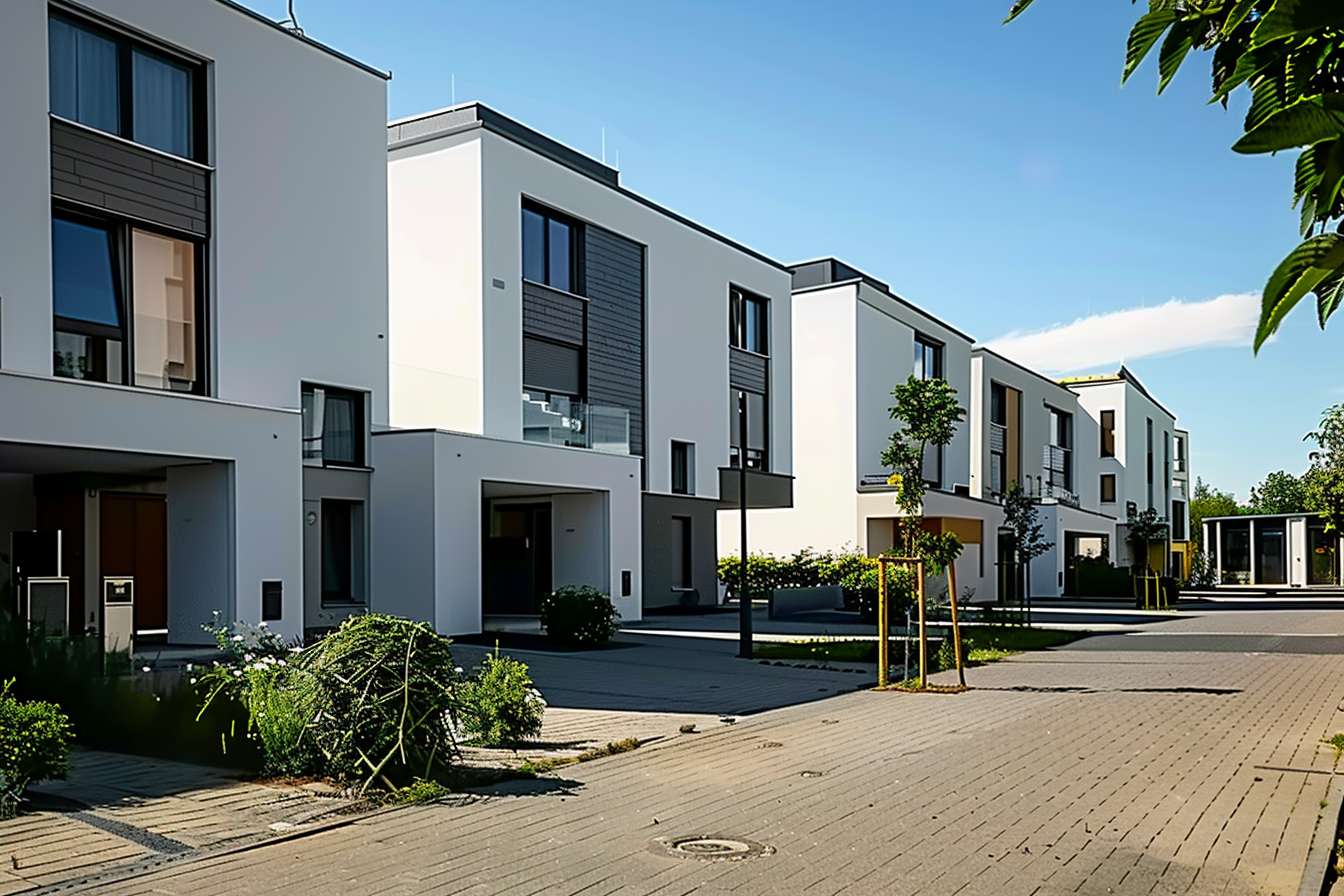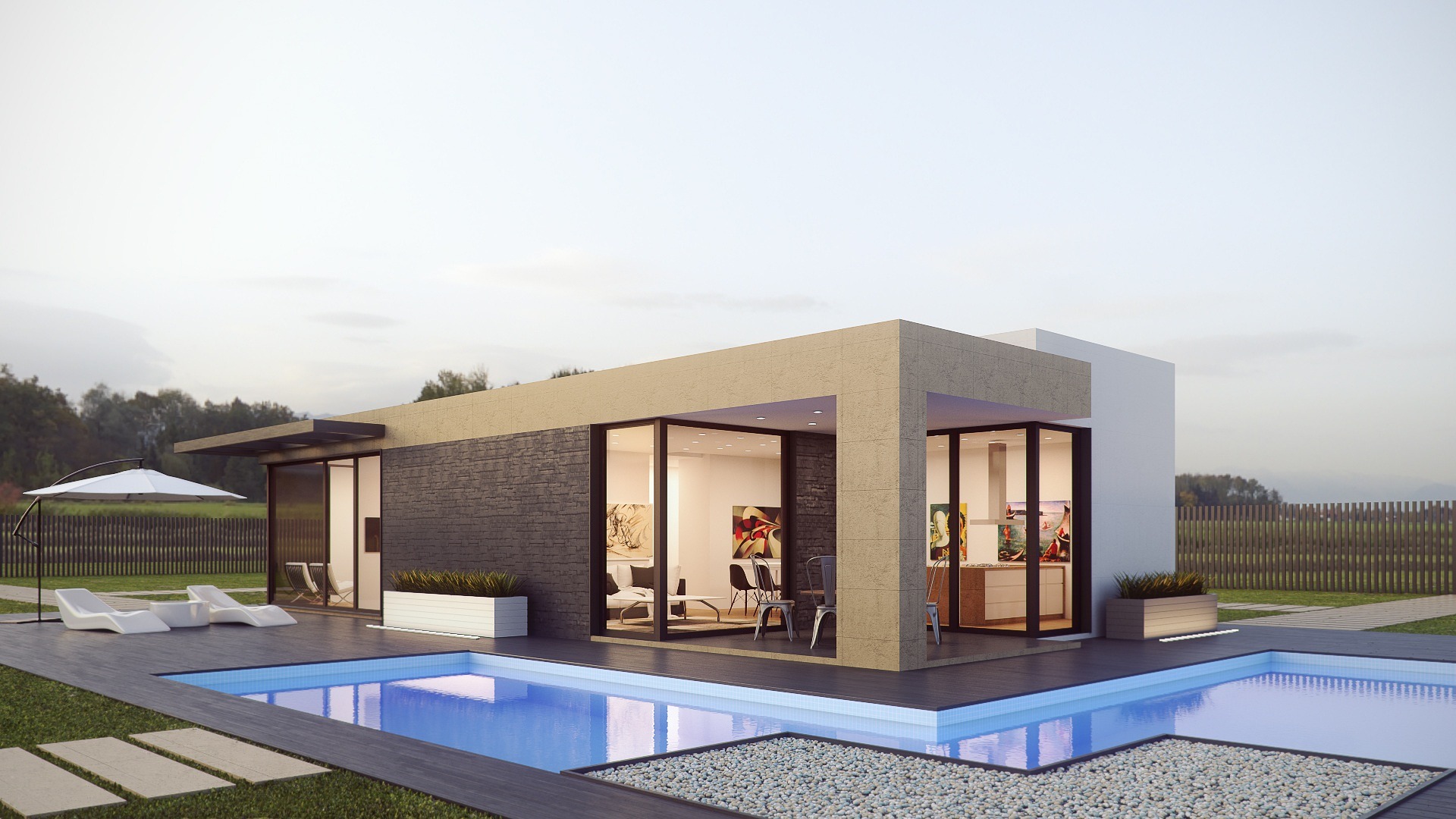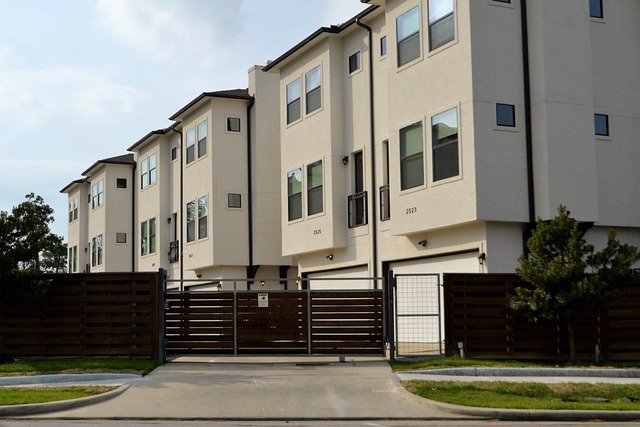Micro-Unit Living: Smart Solutions for Urban Property Markets
Rising housing costs and population density in major cities have sparked a revolutionary shift in residential real estate: the emergence of micro-unit developments. These compact living spaces, typically ranging from 200 to 400 square feet, represent a growing segment of urban housing that's reshaping traditional property investment strategies and tenant expectations.

Understanding the Micro-Unit Phenomenon
Micro-units emerged as a response to urbanization pressures and affordability challenges in dense metropolitan areas. These efficiently designed spaces maximize functionality through innovative architectural solutions, incorporating features like murphy beds, convertible furniture, and modular storage systems. Unlike traditional studio apartments, micro-units are purpose-built to optimize every square inch while maintaining comfort and livability standards.
Financial Dynamics of Micro-Unit Investments
Property developers are discovering compelling returns on micro-unit investments. While construction costs per square foot may be higher due to specialized design requirements and premium materials, the total investment per unit remains lower than conventional apartments. Revenue potential often exceeds traditional units on a per-square-foot basis, with some markets showing 20-30% higher returns compared to standard apartments.
Market Demographics and Demand Patterns
Young professionals, digital nomads, and urban minimalists form the core tenant base for micro-units. These demographics prioritize location over space, seeking affordable housing options in prime urban areas. Research indicates that micro-unit occupancy rates consistently outperform traditional apartments in major cities, with some developments maintaining waitlists despite premium price points per square foot.
Design Innovation and Space Optimization
Successful micro-unit developments incorporate cutting-edge design elements to enhance livability. Height-maximizing solutions, such as elevated sleeping areas and vertical storage systems, create the illusion of larger spaces. Smart home technology integration, from automated lighting to voice-controlled amenities, further elevates the living experience while minimizing spatial requirements.
Regulatory Landscape and Development Challenges
Developers face unique challenges when pursuing micro-unit projects. Zoning laws in many jurisdictions haven’t caught up with this housing innovation, requiring special variances or amendments. Building codes often need reinterpretation to accommodate these novel living spaces while maintaining safety and comfort standards.
Community Integration and Amenity Solutions
Modern micro-unit developments compensate for limited private space through extensive communal amenities. Shared workspaces, rooftop gardens, fitness centers, and social lounges create vibrant community environments. These amenities not only enhance resident satisfaction but also contribute to higher property valuations and sustained tenant demand.
Investment Strategy Considerations
Investors considering micro-unit developments must carefully evaluate location dynamics, target demographic concentrations, and local market conditions. Success factors include proximity to employment centers, public transportation, and urban amenities. Construction quality and innovative design features significantly impact long-term asset performance and tenant retention rates.
Future Market Projections
Analysis suggests continued growth in the micro-unit sector, particularly in high-density urban markets with significant housing affordability challenges. Demographic shifts toward single-person households and evolving work patterns indicate sustained demand for these efficient living solutions, promising stable investment returns for well-executed developments.




